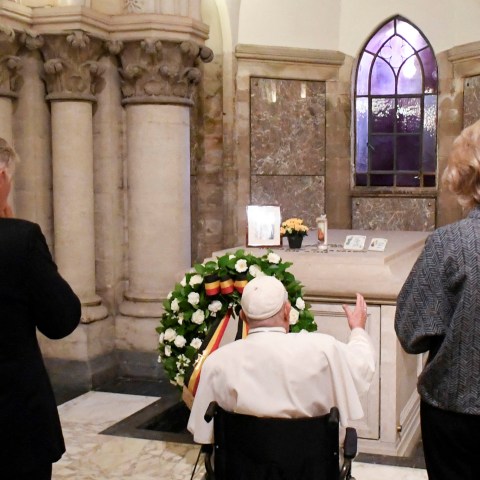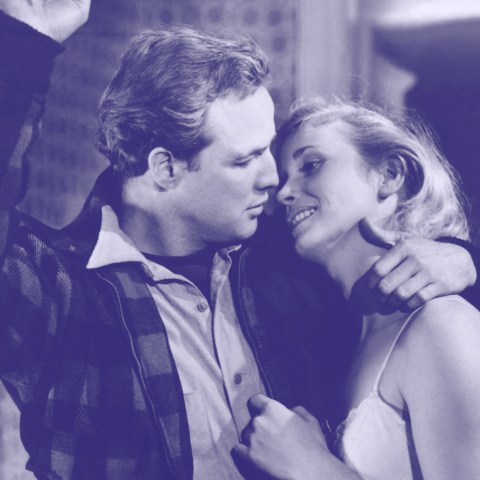For centuries, the existence of a pool with five porches in Jerusalem was deemed fictional. But a German archaeologist proved John was referring to a real place when writing about the Miracle of Bethesda pool in his Gospel.One of the most famous miracles reported in the Gospel of John (5:2-9) tells of how Jesus healed a paralytic man who was sitting by a “pool” that had “five porches” and was called by the Hebrew name of “Bethesda” which translates to “house of mercy” or “house of grace.”
For centuries, historians tried to locate the pool. Some of the most notable “Bethesda pool candidates” included the Birket Israel (Pool of Israel), located near the mouth of the Kidron valley, in the eastern side of the Old City of Jerusalem, and the now-called Fountain of the Virgin, in the Kidron Valley, not far from the Pool of Siloam. But none of these options fit John’s “five porches description” well enough, so for a long time it was assumed that John’s pool was a fictional creation rather than an actual historical location.
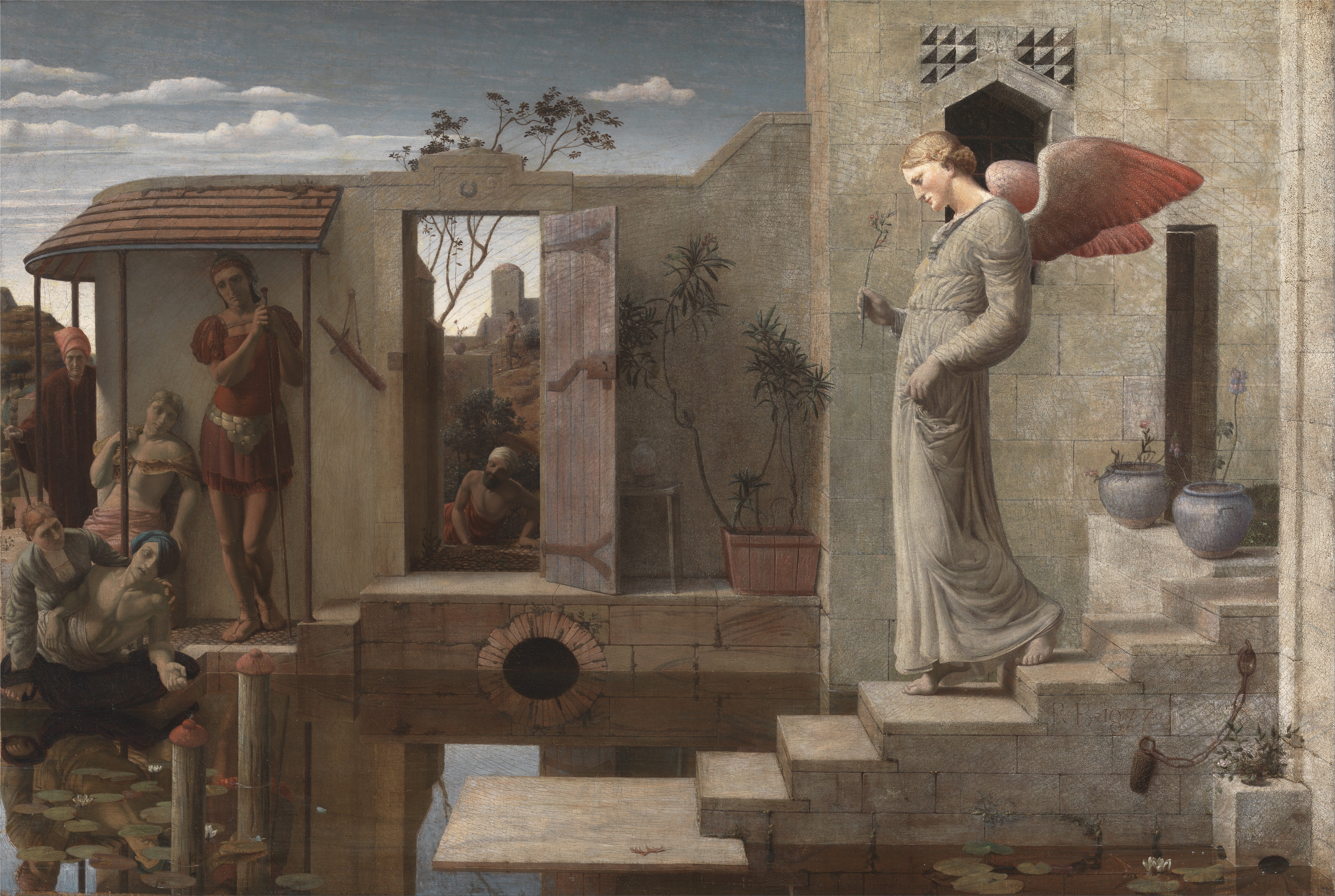
However, in the 19th century German archaeologist Conrad Schick discovered a large tank located some 100-feet northwest of St. Anne’s Church, at the start of the Via Dolorosa in the Muslim Quarter of the old city of Jerusalem. Schick specialized in water systems in ancient Jerusalem and soon discovered that the tank fit John’s “five porches” description. Indeed, it was made up of two basins separated by a wall, adding up to five “walls.”
Upon closer archaeological study, the function of the two separate basins started to unfold. The southern basin, featuring a set of broad steps, served as a mikveh (a bath used for ritual immersions in Judaism) while the northern basin, which was larger in size, served as a reservoir to continually replenish the water of the lower pool.
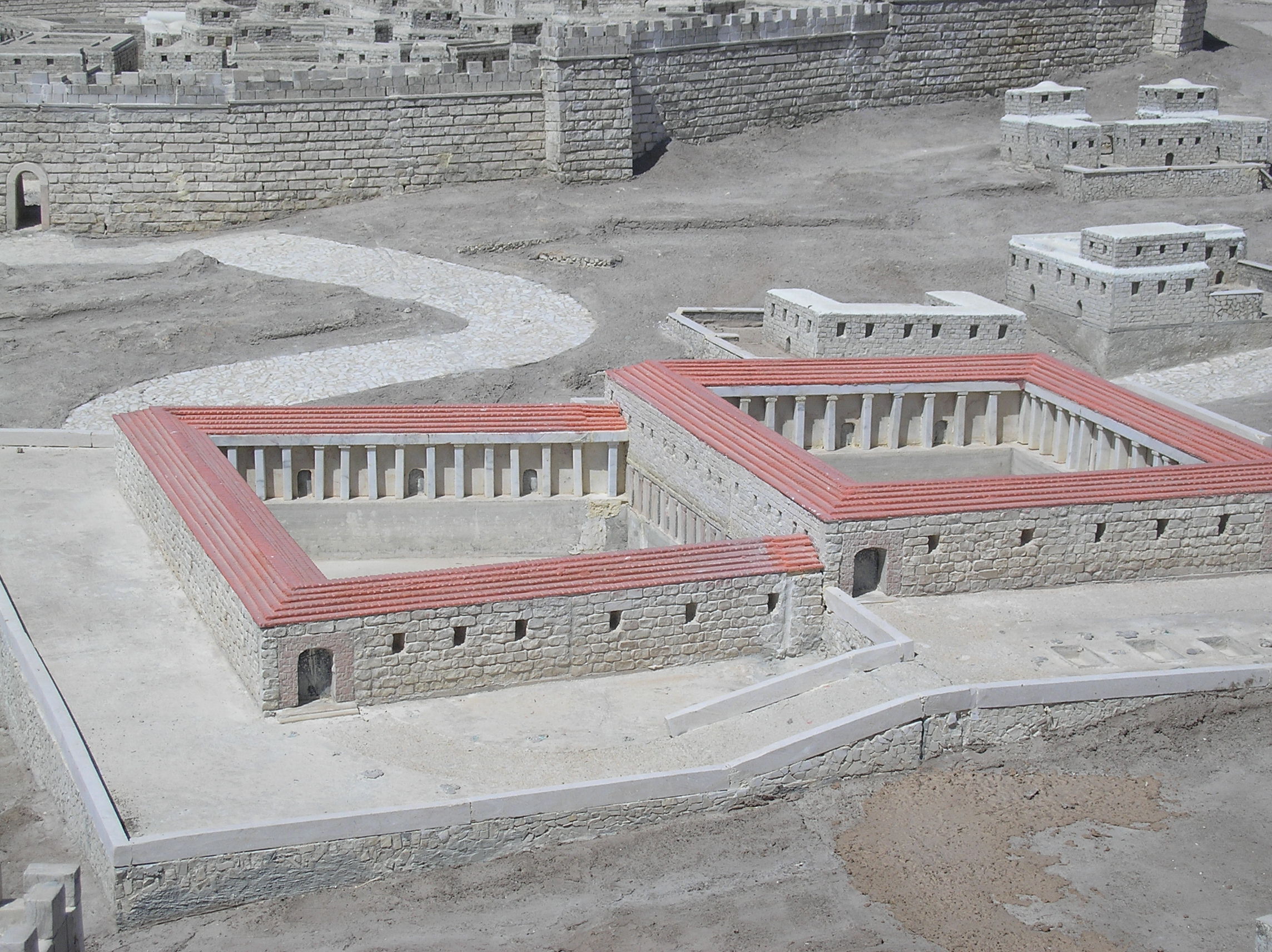
Indeed, John’s Gospel mentions that the paralytic and other disabled people would sit by the pool and wait for water to stir up in order to step in and get healed. It was in fact believed that once a day an angel would descend into the pool, causing waters to stir, and that the first person to enter the pool upon that occasion would be healed. This confirms the existence of “steps” on which people would sit and wait, as well as an accurate history of healing that pre-dated Jesus visit. It was in fact common throughout the Hellenized world to build “healing baths” next to natural springs, enclosed by columns. The sick would drink and bathe in the waters and then sleep within the temple, much like John described in the Gospel.
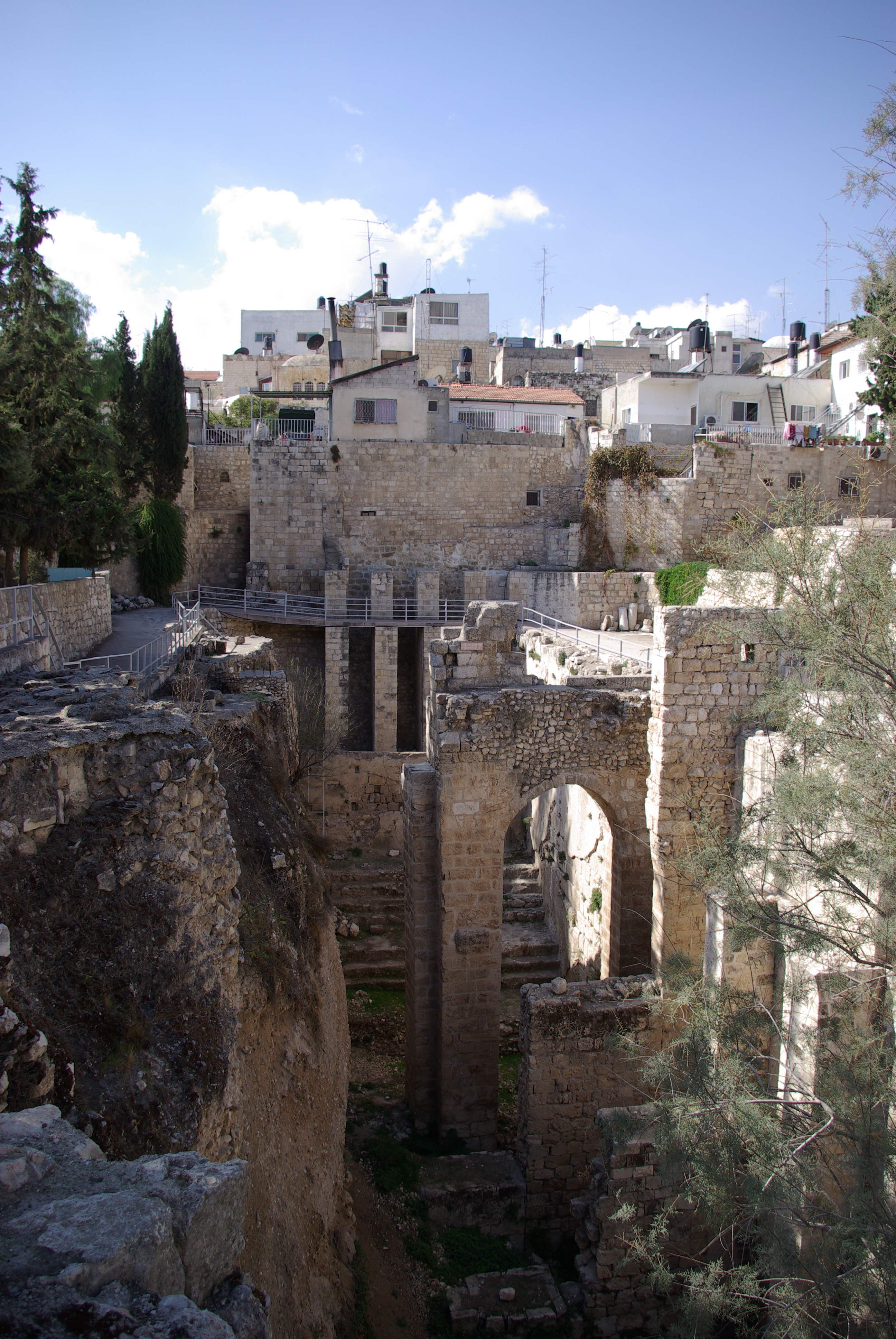
Further archaeological excavations revealed other sites that show how the location of Bethesda continued to serve as a healing space across generations. In the second century, the Romans build a temple to or Asclepius, the Roman God of healing. In the fifth century, Byzantine basilica was erected not far from the pool, followed by a smaller chapel that was erected during the time of the Crusades in the 12th century.
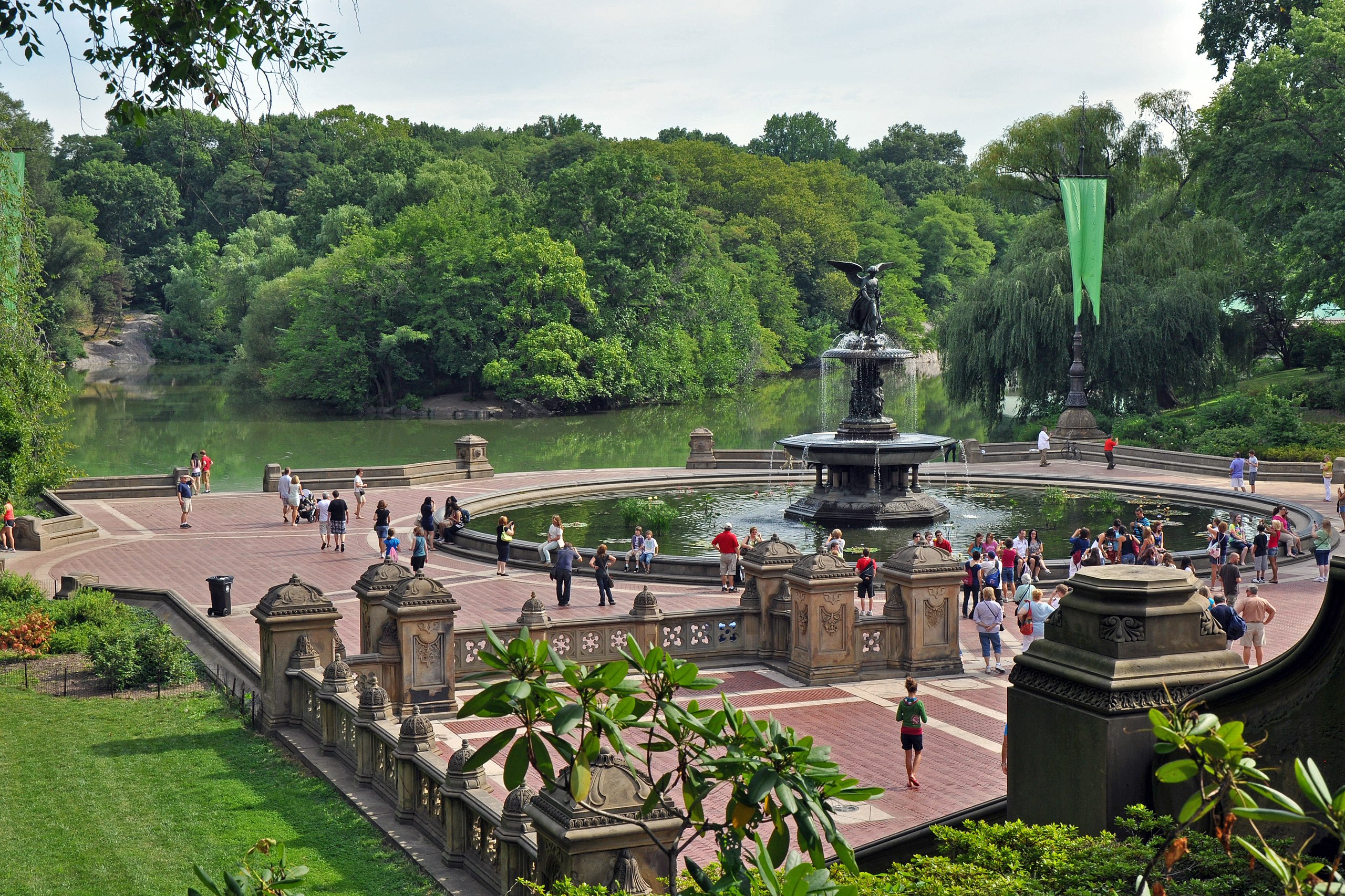
Today, visitors can see the ruins by taking a short walk from the Church of Saint Anne, near the Lion’s Gate at the beginning of the Via Dolorosa, although water no longer flows through it. But its memory lives on in New York’s Central Park where an eponymous fountain, featuring a a statue of “The Angel of the Waters” designed by American female sculptor Emma Stebbins, was constructed between 1859 and 1864 as a tribute to Jesus’s Bethesda miracle.





